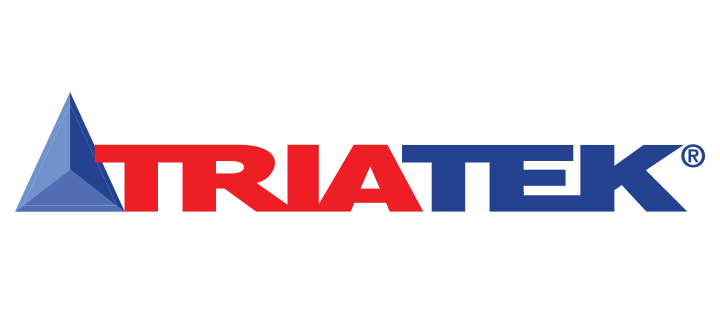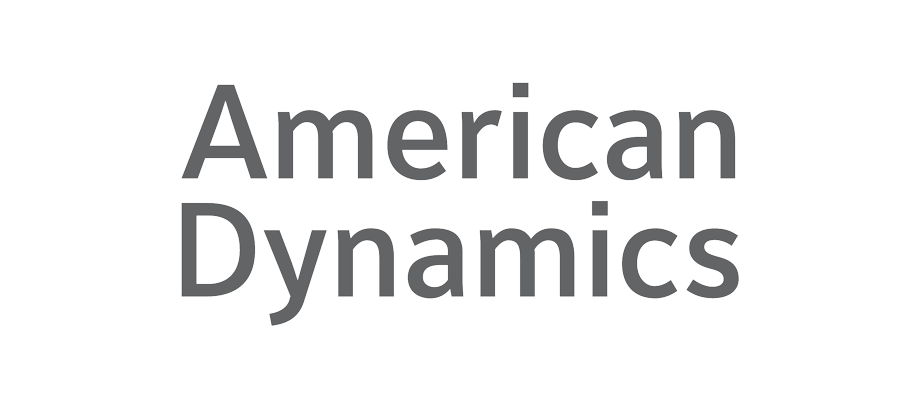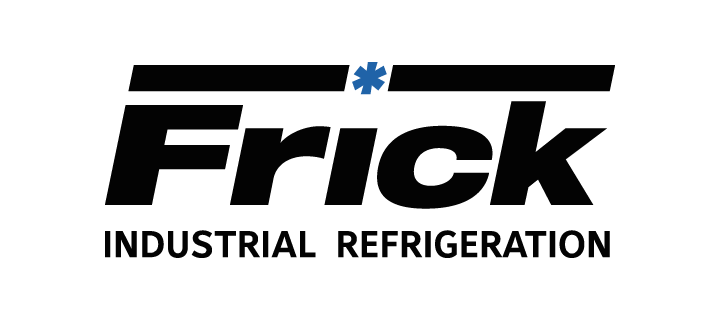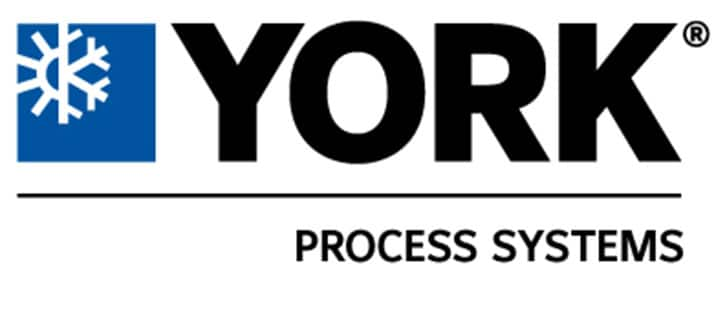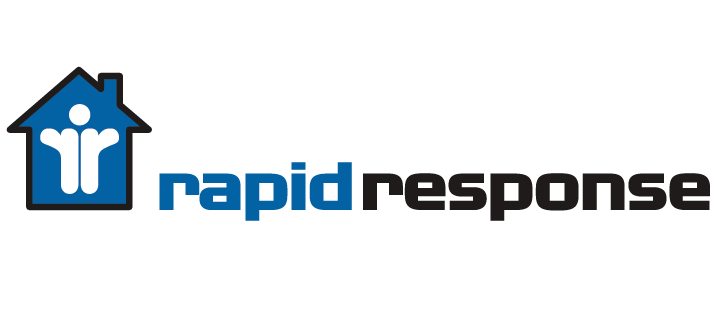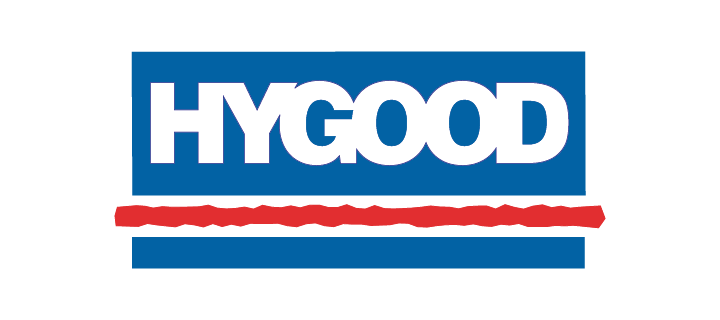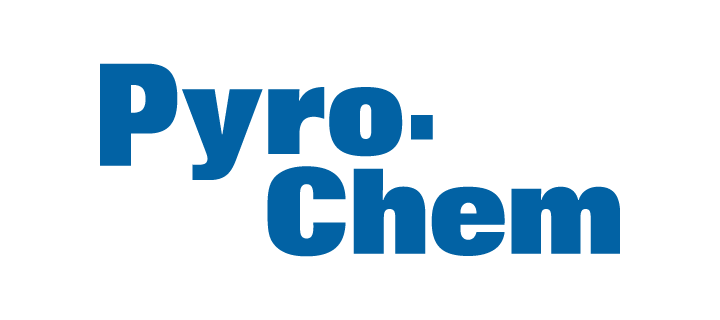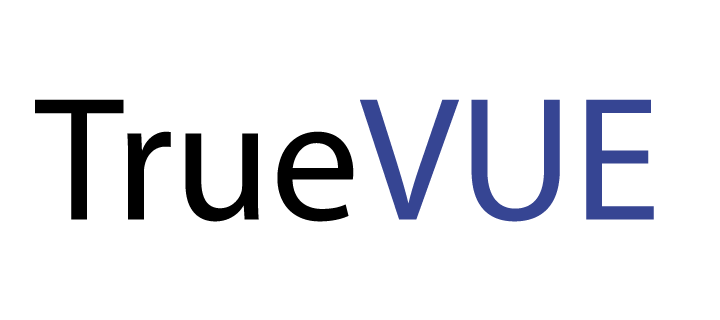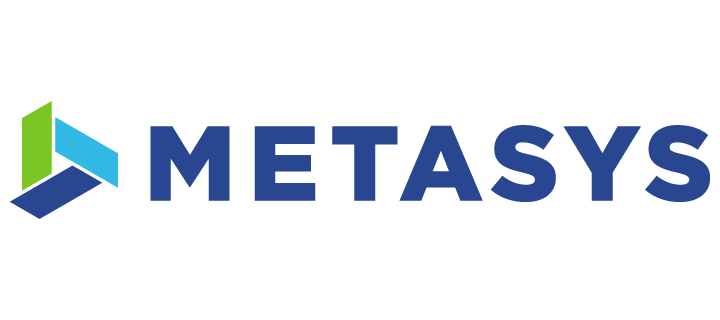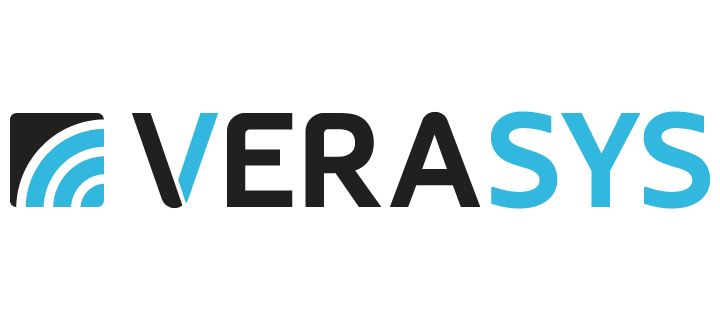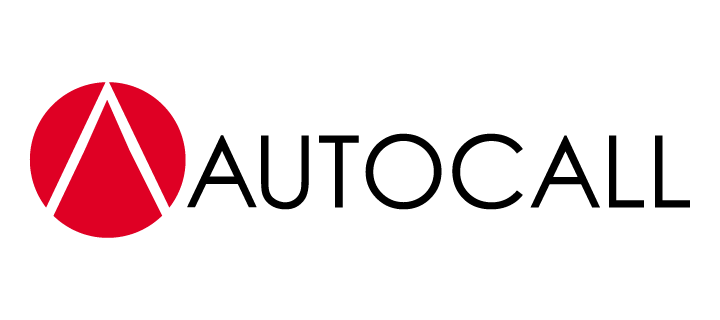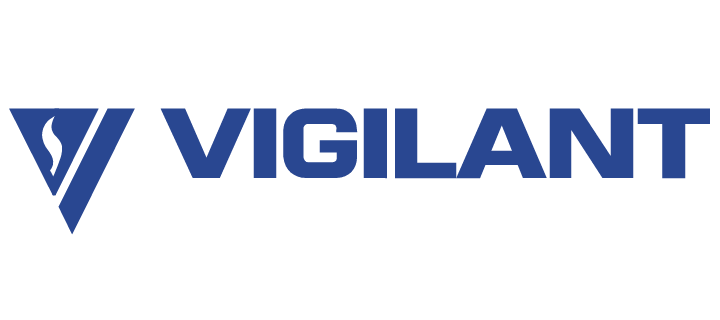Indiana Department of Corrections
For IDOC, the recognition is particularly gratifying given how far the agency has come in achieving its goals in just the last decade. In 2005, the IDOC faced many of the same challenges that plague corrections departments across the country: its infrastructure was crumbling, deferred maintenance was taking its toll on budgets, and that year, rising utility bills topped $230 million. “We recognized there was a tremendous opportunity to make energy and operational improvements,” said IDOC Executive Director of Construction Services Kevin Orme. “But the state didn’t have 20, 30, 40 or 80 million dollars to invest in making it happen.”
Budget-Neutral Option: Energy Savings Performance Contract
As the IDOC began to explore its options for funding the improvements without the use of taxpayer dollars, the agency issued a request for proposal. In response, the Johnson Controls team designed a plan that would include $64.5 million in energy-efficient upgrades and repairs across the IDOC facilities, without the need for the state of Indiana to provide capital or assume financial risk. Under an energy savings performance contract, facility improvements would be paid for up front by Johnson Controls or through a 3rd party and guaranteed to generate enough savings to pay for themselves over time. And if the savings were to fall short, Johnson Controls would assume financial liability. ”They actually stand behind it,” said Director of Special Projects Michael Callahan. “They write the check if we don’t make the savings, so our taxpayers know we’re watching over their dollars.” As an added bonus, because the funding mechanism doesn’t affect the state’s bond capacity, it frees up capacity for other critical projects.
The IDOC has been so impressed by the results of the project, officials now share their experience with other departments of correction across the country. “We’re all in the same boat,” said Orme. “And now, we know enough that we’re teaching people across the country how to manage their correctional infrastructure to achieve the energy savings we have.”











